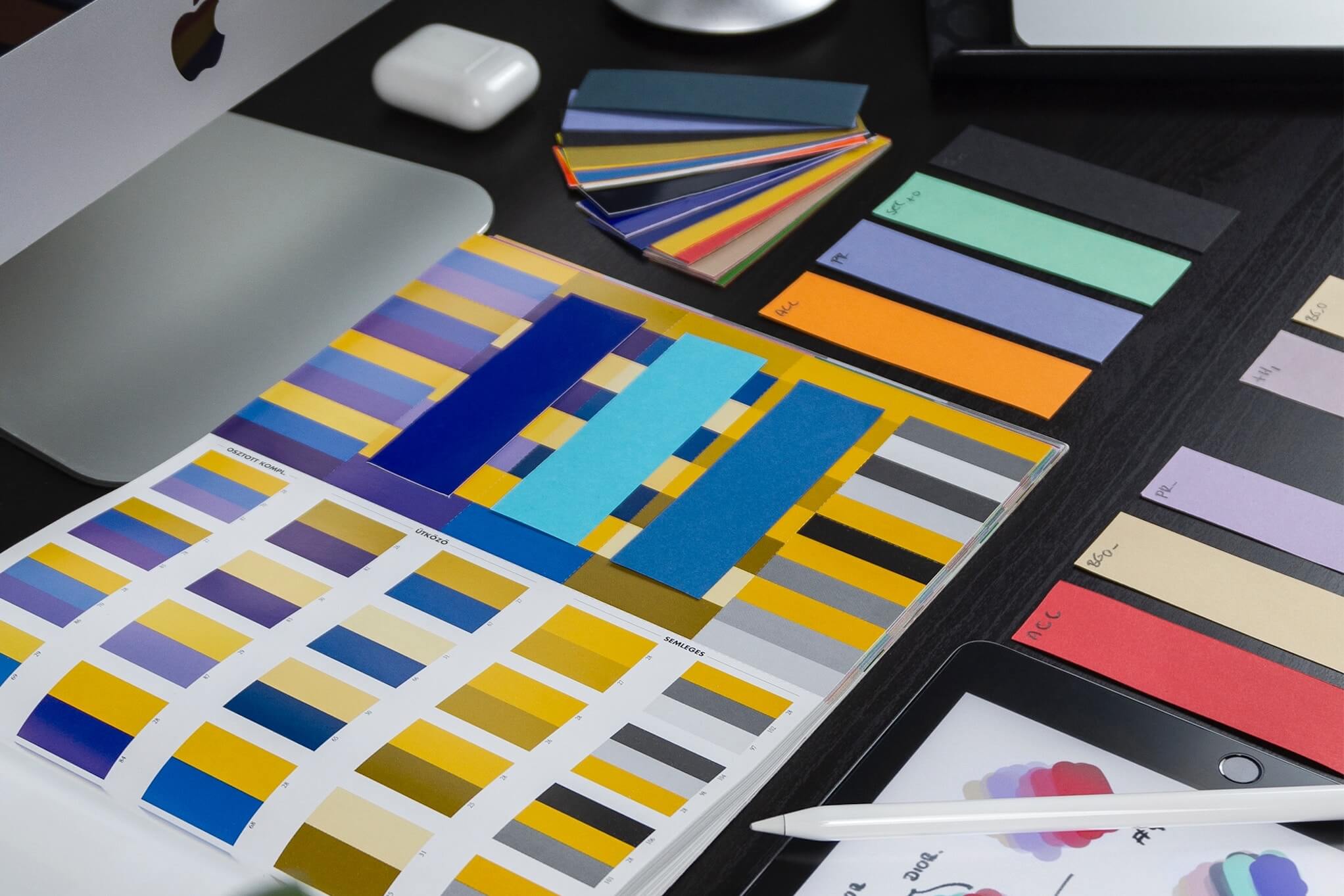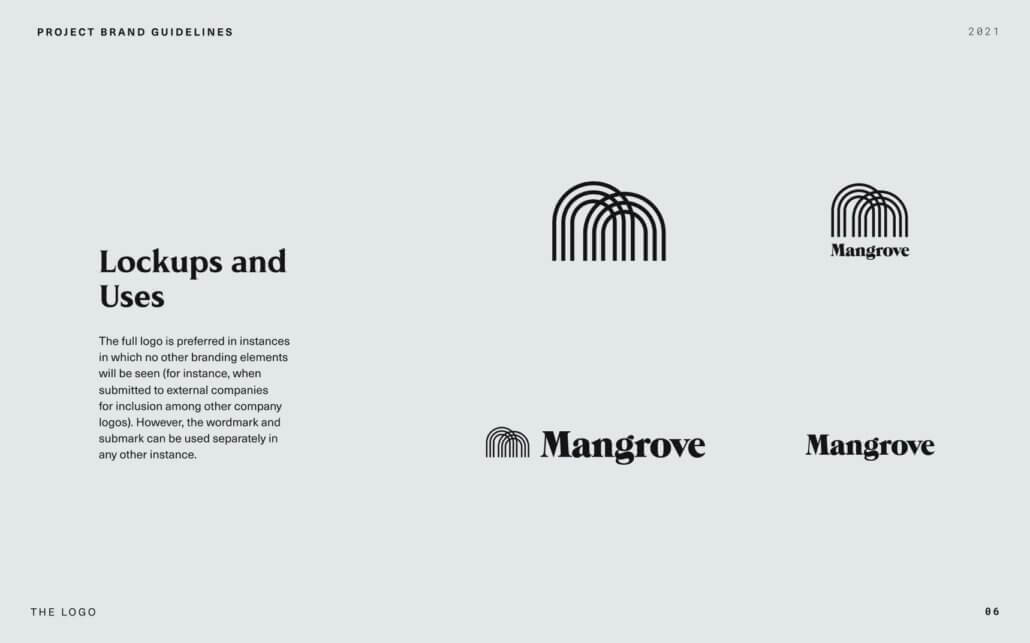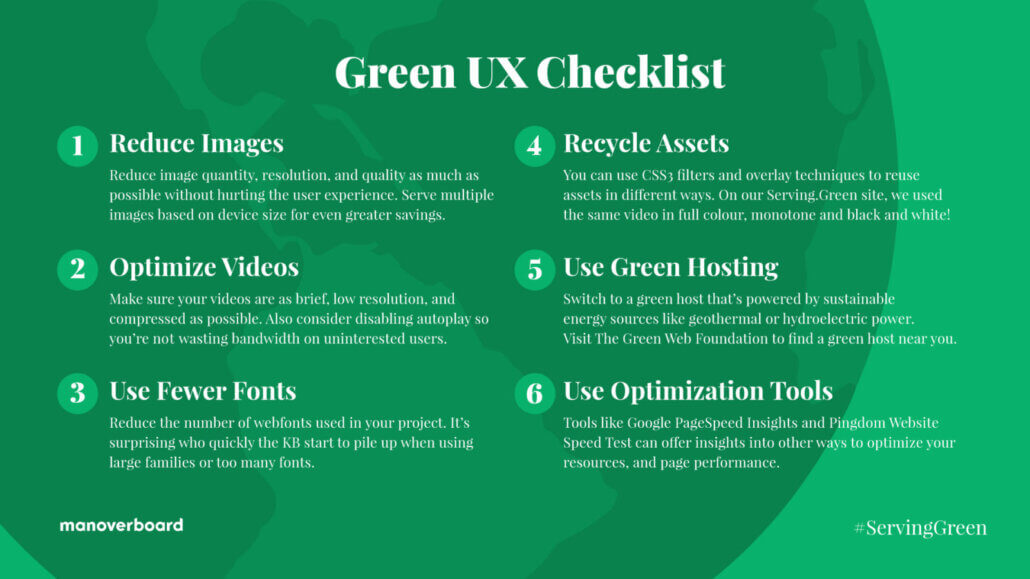How To Get and Give Effective Design Feedback
Practical tactics for a successful collaboration between clients and design agencies

Whether it’s a new brand identity or a website, successful design projects require clear communication and collaboration between the design team and the client. At Mangrove, we have created processes that help us clearly understand our client’s project goals and vision to help ensure an outcome that works. Our clients play an integral role in the project’s success by providing guiding information during discovery sessions with them and helpful feedback all along the way. Because these processes might be unfamiliar to some new clients, we thought looking at how these responsibilities play out in design projects would be beneficial.
Getting the right information about the organization and project
From our first contact to discovery meetings, it’s our responsibility to explain what we need from clients to deliver a successful design project. We undertake the following activities to create the environment for creating unique and sustainable design solutions:
Setting expectations early
Before we start working together, we communicate with our clients about how they can expect the design project to unfold. Collaboratively, we outline the project’s timeline and identify the milestones for creating the finished product, whether a website, an identity or both. Before we even touch design and development tools, our clients know what to expect regarding drafts, revisions, and opportunities to provide feedback.
Asking the right questions
We meet with our client during discovery to fully understand the organization and determine goals, objectives and preferences. These typically involve one to three conference calls. We’ll ask about what is important for this project’s success, the characteristics and needs of the organization’s audiences and stakeholders, review any existing brand standards, and chart a course for what we will achieve together.
Presenting options
We routinely ask for examples of what our clients like or admire about other organizations’ brands and websites to understand their design preferences, content goals, and visual direction. We also offer design concept examples that match the organization’s needs and aspirations.
Inviting feedback
When we present our initial design concept, we explain how we arrived at our decisions and how they sync with the organization’s vision and objectives. And, of course, provide our clients the time to sit with what we’ve created and discuss it with key stakeholders.
We are open to feedback and will always consider client suggestions. We build this opportunity into our process because while we hope we are close to hitting the mark based on our discovery sessions, we anticipate the possibility that we will need to tweak colors, patterns, typography, or formatting based on how our clients perceive and interact with the design. Our focus on collaboration and transparency throughout this process results in our award-winning and enduring designs.
Providing the right information and offering helpful feedback
Brand identity and website design clients deliver the most beneficial feedback during and after the discovery process by keeping the following practices in mind:
Be specific
Whether regarding your current site or the redesign, take some time to sort out what you want to communicate in your feedback. We look for candid input from our clients that goes beyond a general statement, such as, “I don’t like it,” which doesn’t provide the details we need for a solution. Pinpointing why you believe specific design aspects do not work gives us direction and ideas for next steps.
Take enough time
First impressions are important, but reviewing the entire design proof before offering consolidated feedback from your team will ensure we have the right information from you.
Also, when faced with a big change in the look and feel of a new brand identity or website, we can sometimes have an unconscious negative bias based on what the old design looked like. Getting comfortable with something new can take a while, even when you’ve invited the change and aim to reposition your organization.
After presenting or sending a design proof, we suggest clients thoroughly review the work and ensure all decision-makers weigh in on the deliverable.
Keep the objective in mind
When considering the draft design, assess whether it meets the goals we set together as outlined in our creative strategy brief and whether it appeals to the target audience.
Everyone has personal preferences. One of us might like a sun hat with solid colors, while another likes polka dots. Both protect our heads from the sun. However, if one hat’s material is mesh, it has missed the purpose of blocking harmful rays. Similarly, we need to keep the website’s objective in mind while setting aside individual likes and dislikes.
Feedback example: “One of our goals is to get more newsletter subscribers, and I’m worried that positioning the subscribe button where it is won’t attract attention.”
Trust the designer to come up with solutions
As designers, it’s our responsibility to come up with solutions to any client concerns. We hope you’ll trust our expertise and be open to our considerations regarding your project.
You might need more context for a design decision when reviewing our work, which we gladly provide. What seems would “work better” intuitively might go against a website design best practice based on global visitor research and many years of experience.
Effective design is collaborative
As a progressive brand identity and digital design agency, we collaborate closely with our clients to deliver our best work. Our design process aims to understand the organizational goals and objectives that will make the project successful. We hope that the guidance in this post helps new clients feel comfortable and empowered to provide the kind of feedback that’s most helpful to a successful outcome.
Ready to engage in a collaborative design project? Get in touch with us to explore next steps.
A Certified B Corp, Mangrove is a woman-owned website design and development company with a diverse, talented team distributed around the globe. We’ve been building websites since 2009 that amplify the work of change-making organizations and increase the competitive power of businesses owned by historically marginalized people.
If you found this post helpful, subscribe to our monthly newsletter for notice of future posts and other news from us.




